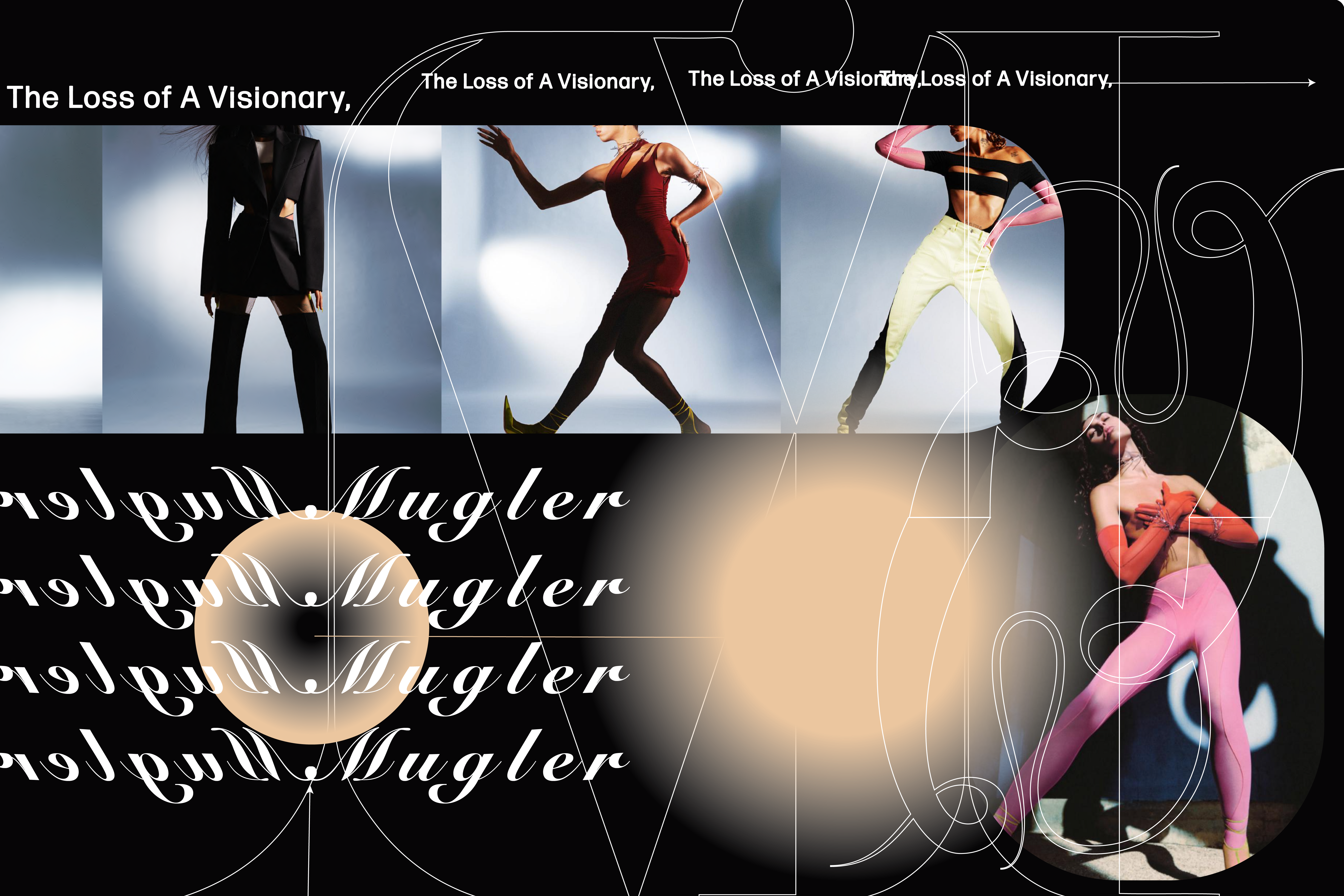We grieved another loss of a fashion design legend at a time of recent losses in the fashion world. A visionary beyond his times, Manfred Thierry Mugler continues to inspire, as his work is admired by many.
The news of Mugler’s death had a significant impact on me — although we have lost another icon, Mugler lived a life celebrated and respected in the industry. As we go on, we should continue to honor his work and legacy. The queer French designer was active in his design work from the 70s to the 90s. He stepped away from the fashion house in 2002, only returning to design custom pieces for some celebrity clients sparingly.
Mugler’s designs traversed the lines between classic, futurism, and costume. His designs were often more wearable works of art than clothing. The fashion house’s work embodied powerful feminine energy and strength through the designs. It was a celebration of femininity and focused on empowering all types of women.
Mugler was readily working to break down boundaries by including diverse models before widespread calls for more much-needed diversity and inclusivity in the fashion industry. His models included every race, body type, and age, in addition to transgender models and drag artists, to celebrate the power of femininity and a spectrum of women in his shows.
One of my favorite things to do in my past time is watching videos of runway collections — my favorite, of course, being those of Thierry Mugler. I would give anything to go back in time and be in the room to experience one of his shows at the peak of his career, but unfortunately, I have to settle for binge-watching his shows online to get inspired.
A background in ballet dancing influenced his desire to create theatrical work and fashion shows with a full-round thought into the experience. He encouraged the models to perform as if they were in character with the designs they adorned. He was aware of how the music, lighting, and overall atmosphere would enhance his creations, down to the movement of the materials and how it behaves with lights. Thierry Mugler’s shows were more than just models walking down a runway in a garment, and he told a story and created spectacles.
The fashion industry may have begun to lose that notion of fashion shows feeling like a performance, and I think the industry has yet to bring back that spectacle aspect of a fashion show being, well, a show—the personality, emotion, and showmanship. I’m dying to see shows with the same level of attention for a complete experience and immersion as Mugler did again.
Mugler wasn’t afraid to take risks, and from this, his innovation and artistry have moved young creatives like me. There will never be another Manfred Thierry Mugler, but his memory and impact will live on through his work and influence.
Words by Katelyn Adessa.
Graphic by Emily Tobias.

